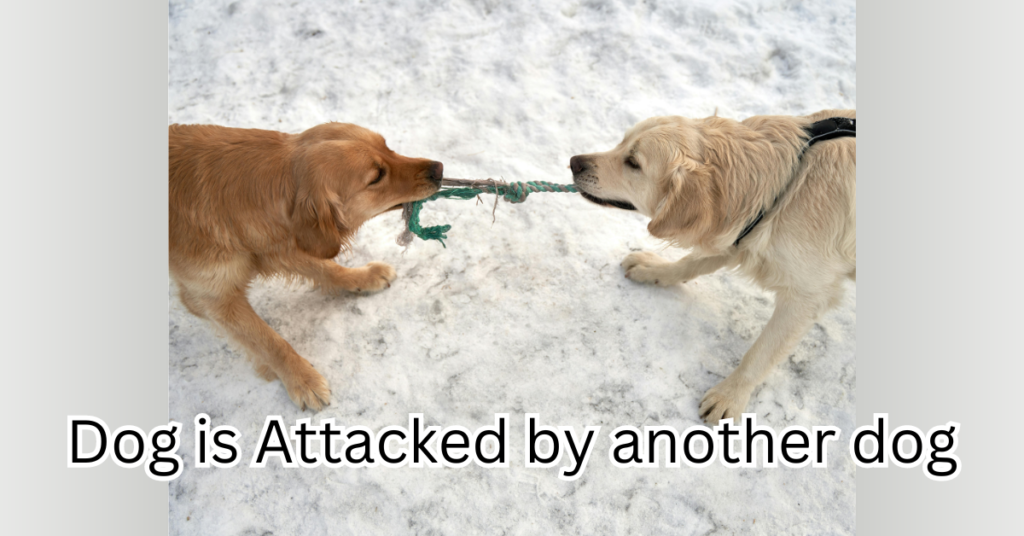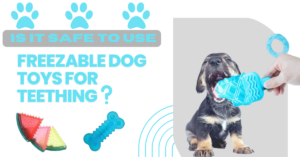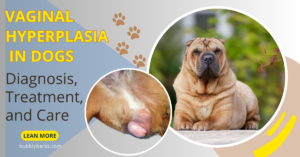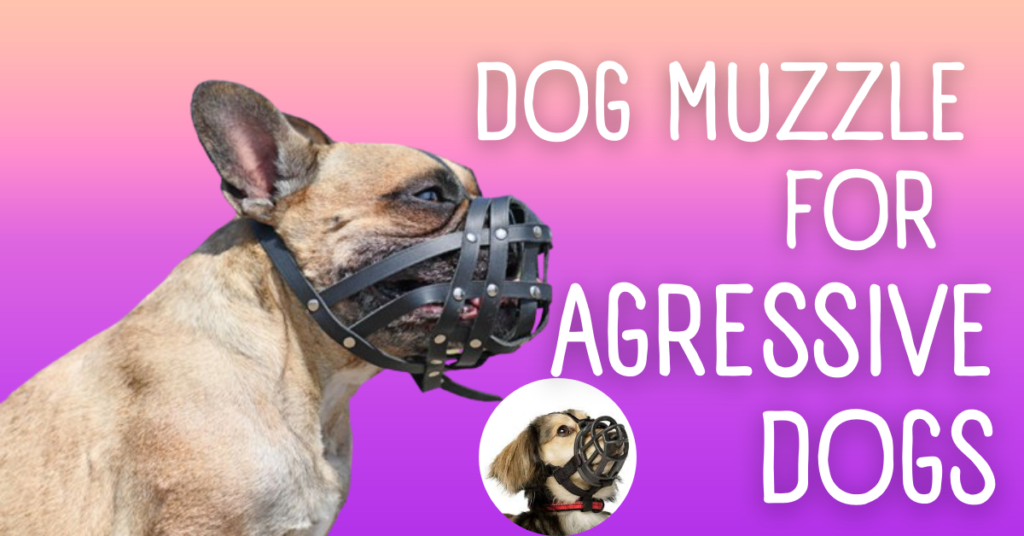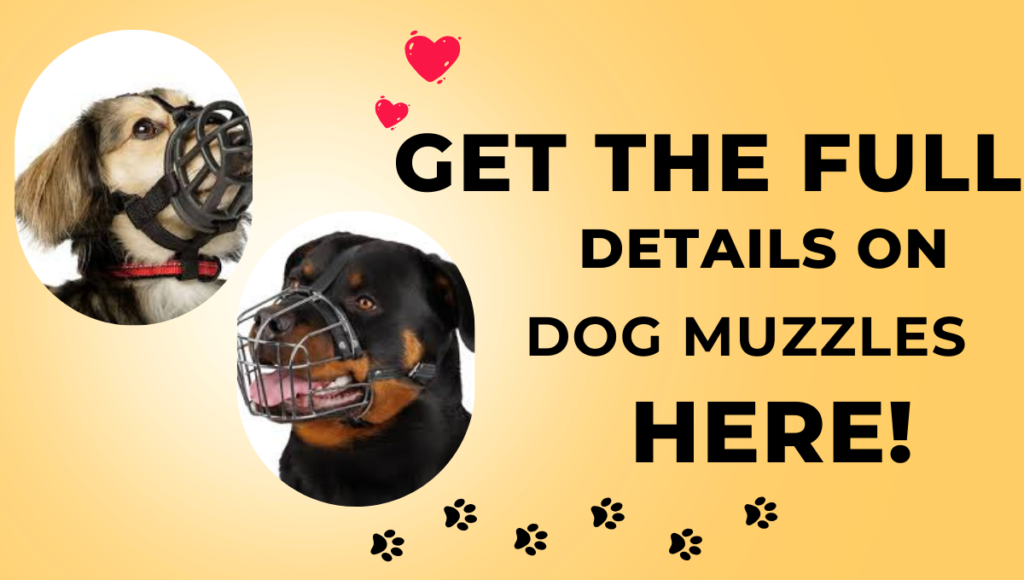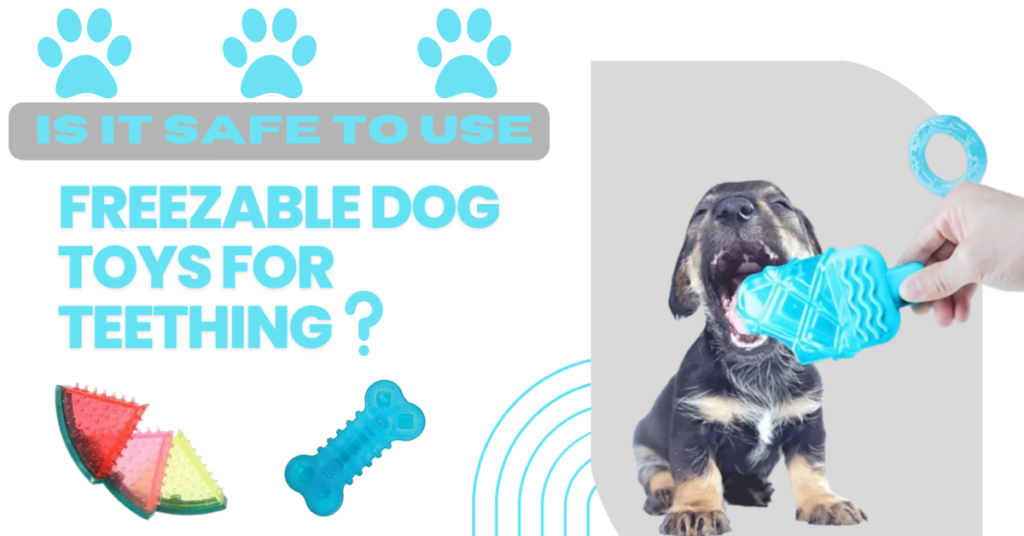A visit to a veterinarian is necessary. Suppose another dog bites your dog. Even though some bites may appear little, bite wounds provide the perfect setting for infections. Our Plains emergency veterinarians offer some guidance today regarding what to do in the event that When Your Dog is Attacked by another dog.
How to Tell if a Dog Is Fearful?
Although it sometimes seems like a dog biting another dog just happened. Dogs usually give warning before biting. By becoming aware of the obvious signals of fear and anxiety in other dogs. You may be able to keep your dog safe from harm.
It is crucial to remember that dogs often don’t seek out conflict. Most of the time our dog buddies take extra precautions to stay out of hostile or dangerous circumstances.
Before biting, dogs will give several warning signs to avoid getting into an aggressive scenario. Pet parents must recognize these warning signals before problems arise.
Usually, dogs bite out of worry or fear. Just like people. A dog’s fear may stem from something that’s happening to them right now. Or from something that happened to them in the past. Follow the steps When Your Dog is Attacked by another dog.
Therefore, even though you think nothing could make a dog scared, your dog or a different dog nearby might be feeling the urge to defend themselves.
Indications Your Dog Might Bite (When Your Dog is Attacked by another dog)
Try to watch out for other dogs who appear fearful or anxious if you are taking your pet for a walk or visiting a park. A worried dog usually shows quieter cues before displaying explicit ones. Even though many of us have heard of the more obvious ones like screaming, snapping, scurrying yelling, or bare teeth.
A dog exhibiting anxious behaviors might be seen yawning, cowering, licking lips, averting their face, attempting to flee, and pressing their ears down against their head. Be cautious When Your Dog is Attacked by another dog.
If a dog in your immediate vicinity exhibits any of these symptoms. Gently but swiftly lead your dog away from the fearful dog.
Placing a physical barrier, like a car or fence, between the pet and the potentially dangerous dog can be comforting and useful.
How to Handle a Dog Bite: What Should You Do?
Unexpected events can occur even when pet parents are vigilant about the early warning indicators. The following protocols should be followed in the event that When Your Dog is Attacked by another dog.
Remain composed! Though we understand that it might be difficult, try not to lose hope since this may make your dog even more fearful.
Never intervene in a dog fight by stepping between the dogs. You can end up getting bitten as a result of this. Rather, give your dog your full attention and get your puppy away from another dog.
The other dog’s owner needs to follow suit. (Calling your dog to you after giving them a loud clap to divert their attention might be helpful).
Avoid making eye contact or yelling at a different dog because doing so could make it feel even more threatened. And people should know When Your Dog is Attacked by another dog.
Ask the other pet owner for information. Such as their contact information, and whether their pet has received all of its vaccinations. And if they have pet insurance. Once the issue has been defused. Take pictures if a different pet owner is not there or is not cooperating.
Make immediate contact with your veterinarian to inform them of the incident and your need for an immediate appointment; alternatively, go to the emergency animal hospital that is closest to you.
Evaluating Damages
You might not be aware that a tiny bit can equally gravely compromise your pet’s health. Even while it could seem evident that a major bite that is bleeding heavily calls for an urgent trip to the vet. Even if a bite injury appears little, it is usually a good idea to have it checked out by an animal doctor as soon as possible.
The Significance of Taking the Pet to the Vet Following a Bite
When a dog bites your dog. The teeth of the dog that bit them make a tiny hole in the dog’s skin. But it also makes a pocket beneath the skin. Which is the perfect place for germs from the dog’s mouth to grow and cause an illness.
The significant risk of infection makes even the slightest puncture hole cause serious concern. When Your Dog is Attacked by another dog.
Because there is a tiny hole in the skin, bite wounds have a significant risk of infection. Because the skin cures quickly, trapping germs beneath the outer layer of the skin where they can grow swiftly and form an abscess.
Any dog bite should primarily be investigated for infection. But depending on where and how severe the bite wound is, other major health problems could also result from it:
- A tissue infection called cellulitis
- Infection of the skeletal system
- Joint infection
- Pus buildup in the abdomen or chest cavity
- What the Veterinary Will Take Action On
When examining the bite wound on your dog, your veterinarian will look closely at the extent of the cut and the amount of “dead space” the bite created. The pocket that results from pulling the skin away from the tissue beneath it is known as dead space. The danger of infection usually increases with the amount of dead space. The veterinarian examines your dog and searches for indications of additional physical injuries including nerve damage, fractured bones, or subcutaneous hemorrhage.
How to Treat Your Dog’s Attack Wound?
Following a comprehensive examination. The wound on the pet will be cleansed and, if required, bandaged.
To combat infection and stop an abscess from forming, your veterinarian may recommend a course of medicines such as enrofloxacin. For your dog’s comfort, a prescription for painkillers might also be issued. When Your Dog is Attacked by another dog.
In more extreme situations, your veterinarian could advise a surgical excision of the affected tissue. And the installation of a drain to assist your dog’s body in eliminating any collecting infection.
If any wounds are not readily apparent. Your vet suggests diagnostic procedures like ultrasonography.
The veterinarian will probably advise that the dog wear an Elizabethan collar to save wounds from being licked. Thereby raising the risk of infection.
Handling the Bite Wound
It’s critical to take care of the wound as quickly as you can. And to keep it clean if you can’t see the veterinarian straight away.
- Using a clean dry gauze pad, gently cleanse the bite area with soap and water.
- To help destroy germs. Dab the area of injury with hydrogen peroxide.
- Apply an antibiotic ointment. Such as Neosporin using a gauze pad.
The significance of maintaining a clean wound cannot be emphasized enough! To help avoid infection, wash your dog’s bite area three or four times a day with water and soap and reapplied antibiotic ointment.
Ways to Aid with Your Dog’s Recovery After a Dog Bite:
Your top priority will be to keep your dog’s bite injury from getting infected.
which implies that keeping the animal from touching the wound is crucial. Although many pet parents find it unpleasant to force their dog to put on an Elizabethan collar or a “cone of shame,” these collars work wonders. Softer and less noticeable choices, like the Kong Cloud Collar, are available online and work well if your dog is extremely unhappy wearing a cone.
Give any prescription drugs exactly as directed by your doctor! Giving antibiotics as prescribed for the entire recommended duration is important. Just because it appears that the dog’s wound has healed doesn’t mean you should stop giving him medication. Early antibiotic therapy termination increases the risk of illness recurrence and increased treatment resistance.
FAQs: When Your Dog is Attacked by another dog
1. What should be done if a dog is assaulted by another canine?
Try not to lose your cool. Panicking just makes things worse for both you and the dog that is biting.
- Try not to split them apart yourself.
- Divert the other dog by trying to get close to it.
- Make your dog go away.
- Document the event.
- Get information.
- See a veterinarian with your dog.
2. What should you do in the event that a dog attacks you?
Avoid turning your back on the dog while slowly rotating your body to the side. Keep your arms crossed over your chest while you stand motionless. Avoid talking to or yelling at the dog. For a few moments, remain motionless, and if the animal is not approaching you, gently withdraw.
3. If my dog assaulted another dog, should I put it down?
Unless there is a serious risk to public safety and no other option is available, rehoming or terminating a dog due to violence should not be decided upon during the intensely emotional period immediately following an event.
4. After a dog attacks another dog, how do you educate it?
To start, give your dog a firm “no” to indicate that fighting is not acceptable. After that, take your dog out of the circumstance and place them in a quiet location, such as their peaceful room. They will be able to relax and regroup thanks to this.
Also Read: Best dog training equipment list and tricks to train easily: A 2024 Guide
